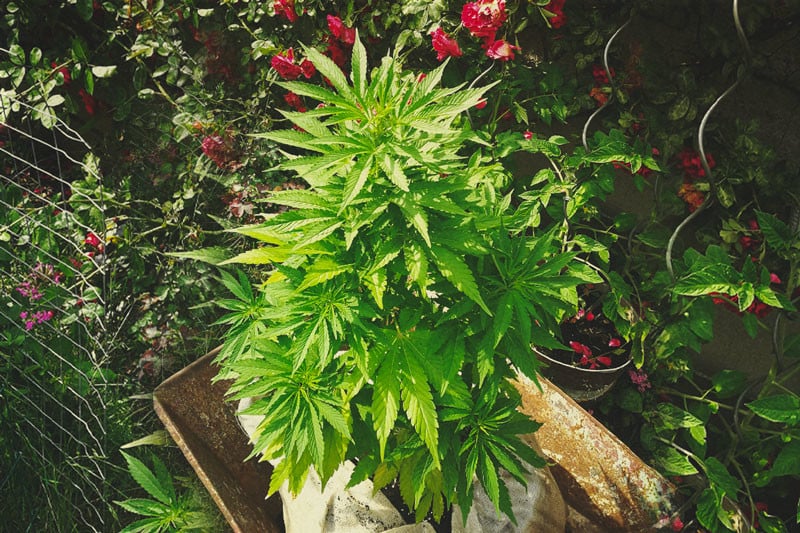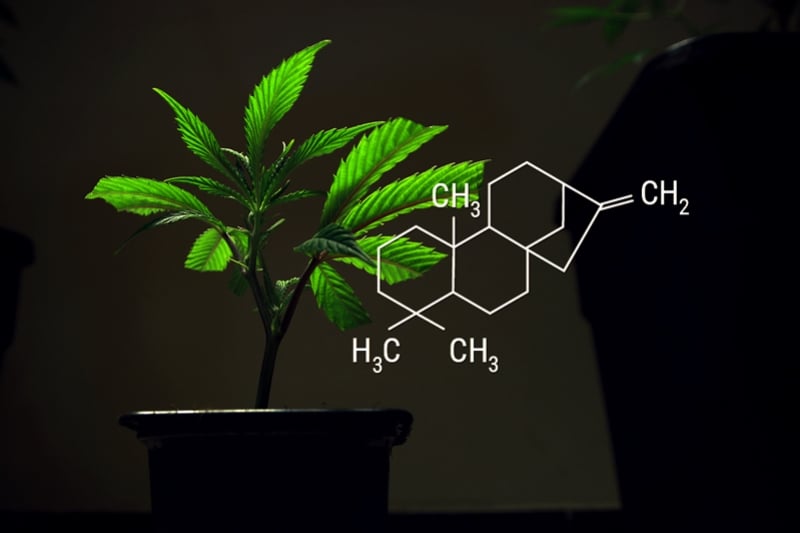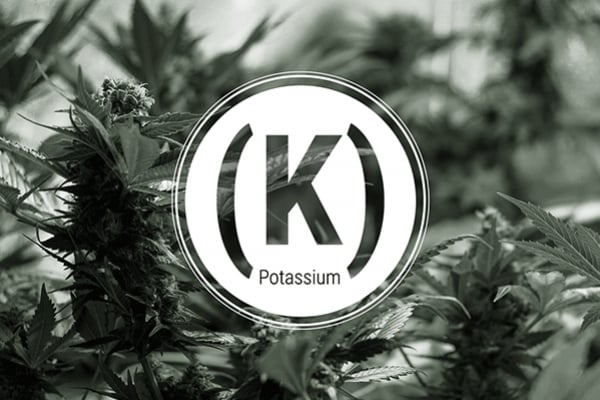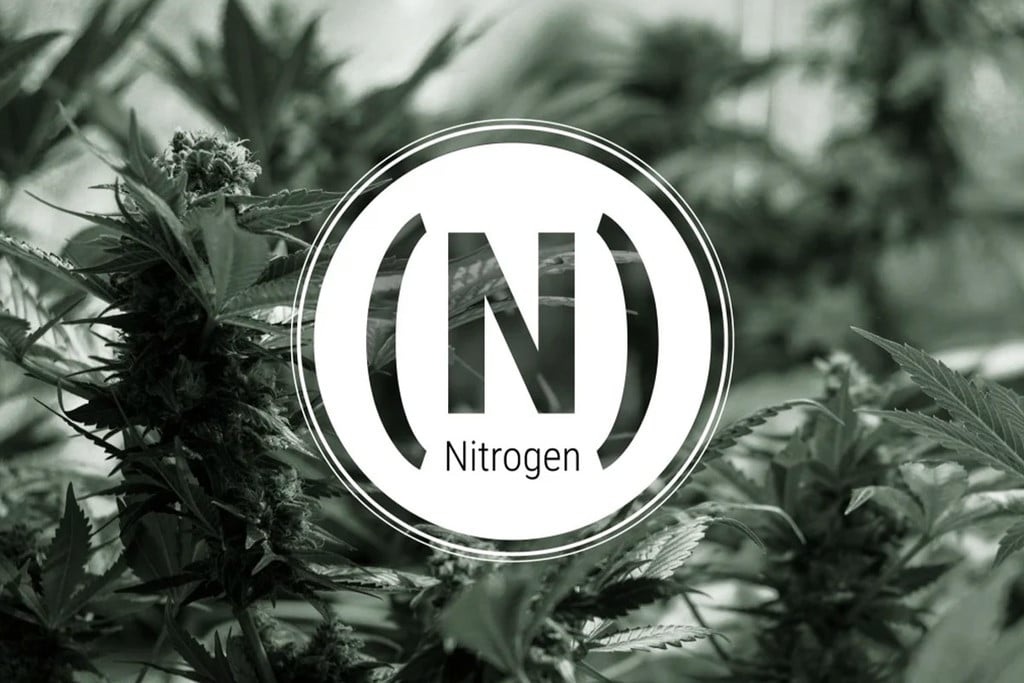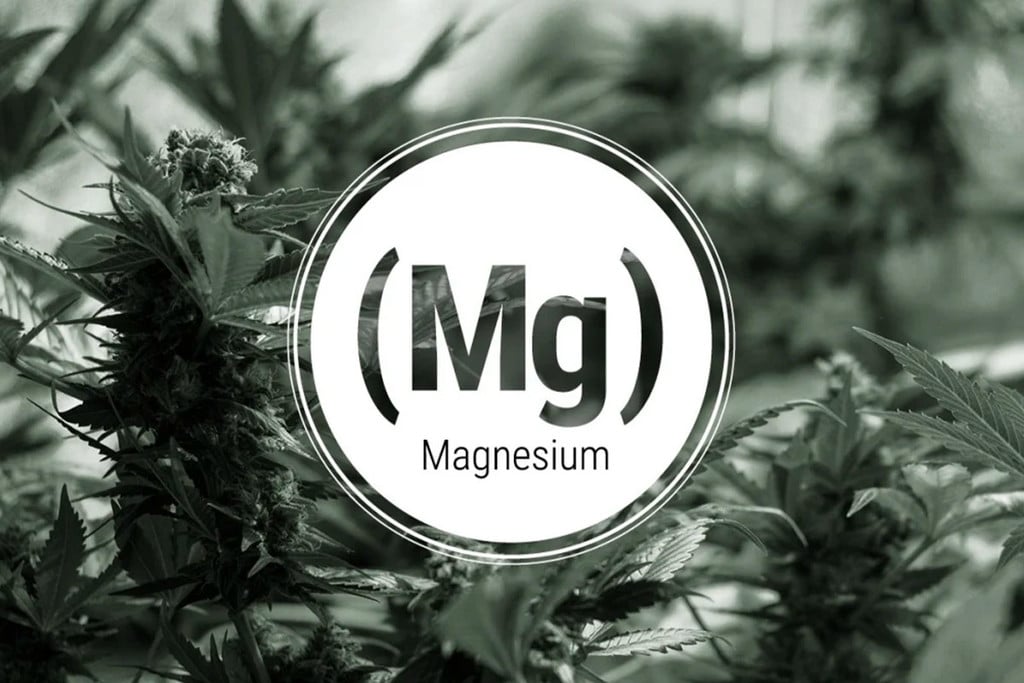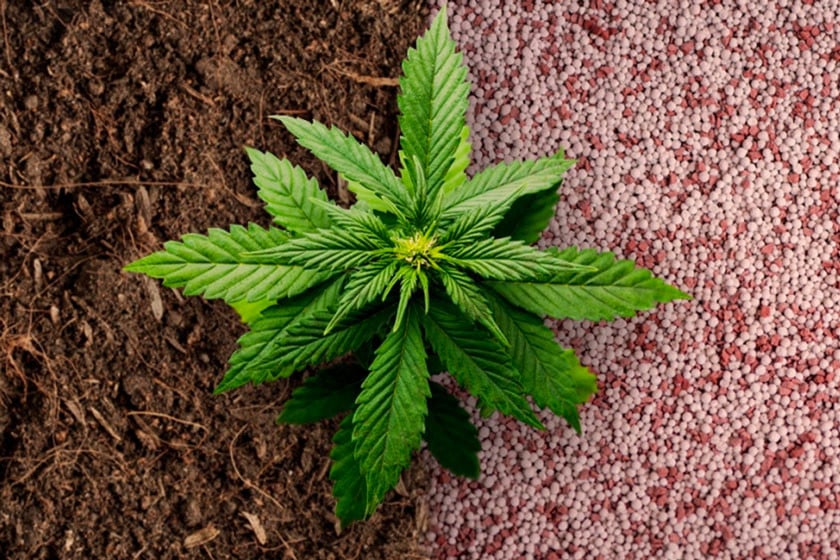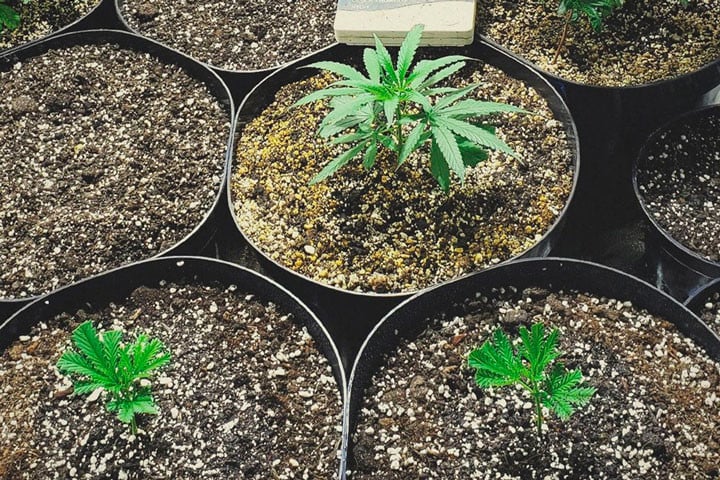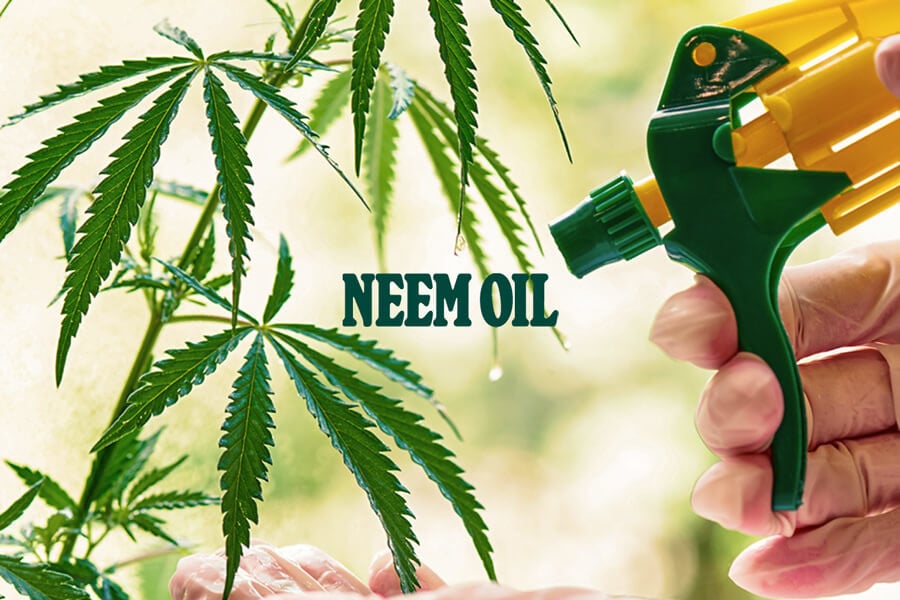.
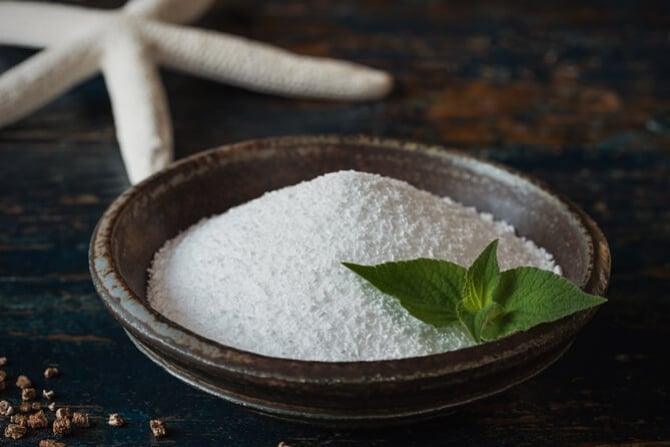
Epsom Salts: a natural hack to grow healthy cannabis plants
Epsom salt is the best and most natural way of adding magnesium and sulfur to your cannabis plants. The benefits are astounding and there is little risk of overfeeding. Find out why you should use Epsom salt in your next grow.
Epsom salt is the nickname given to magnesium sulfate. The name comes from the spring water of Epsom, England. Farmers were quick to discover that Epsom water had “magical” healing properties, and its fame quickly travelled far and wide.
What Is Epsom Salt?
Epsom salt looks very much like coarse kitchen salt. But make no mistake, they are entirely different in molecular terms. Epsom salt is also used in health and beauty products in the form of bath salts, exfoliators, muscle pain-relievers, migraine-relievers, and those that treat cold and flu symptoms. Be cautious not to use these forms of Epsom salts to feed your plants, as they are often mixed together with all sorts of dyes, alcohols, aromas, and other ingredients that are likely to damage your cannabis plants. You will easily find the right product in any garden shop, and even in pharmacies and health food shops.
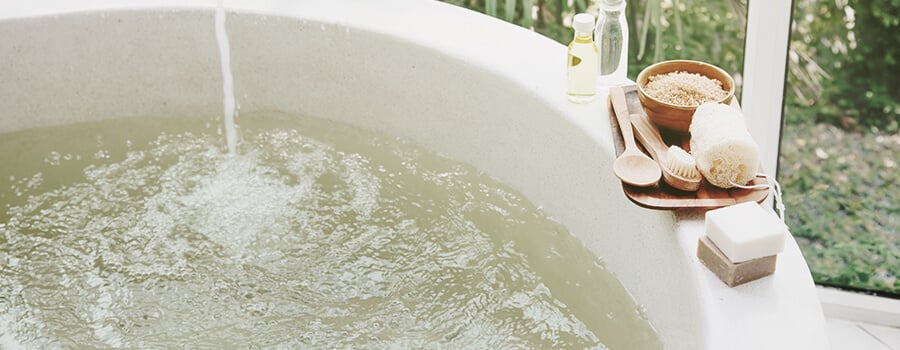
Epsom salt is a fantastic and completely natural way of giving your cannabis plant an extra boost of both magnesium and sulphur, with the added benefit that you really can’t go very wrong with it. Excess feeding of these micronutrients will not have a negative effect on your plants. It is almost impossible to oversaturate the soil over time. Epsom salts also can be used in hydroponic systems; though here, you should be particularly mindful of potential pH swings.
It is very easy to use, easy to source, and cheap to boot. It is highly soluble in water, so it doubles as a great foliar spray. With the evermore urgent pursuit of completely organic ways of growing great weed, Epsom salts deserve an honourable spot in your arsenal of all-natural and environmentally conscious products.
What Does The Magnesium In Epsom Salt Do?
There is no major difference in the magnesium found in Epsom salts as opposed to say, Cal-Mag supplements. The major difference is Epsom is an all-natural product while bottled supplements are usually petrochemical-derived.
High-performing crops have a tendency to exhibit some sort of deficiency if nutrition is not perfectly tailored. Cannabis certainly is one of these crops. In particular, plants grown hydroponically tend to exhibit a higher propensity for magnesium deficiency. Even is soil, certain strains seem to complain and demand a considerable boost of this micronutrient to maintain lush green foliage and vigorous growth.
Magnesium also facilitates the uptake of nitrogen (N), phosphorous (P), and potassium (K). Should a magnesium deficiency occur, it is easy to detect due to the characteristic yellowing of the leaves, except in the veins. This contrasts with the typical nitrogen deficiency, where the entire leaf turns yellow. Magnesium deficiency also tends to manifest first in the lower sections of the plant, with the yellowing leaves curling slightly upwards.
Magnesium is also highly implicated in photosynthesis, as it is part of the structure of chlorophyll. It also strengthens cells walls, which are responsible for plant vigour and steady growth.
Magnesium is essential to achieve those superbly high yields. To form big buds, you need a healthy dose of this element. Furthermore, magnesium is essential for seed formation, too.
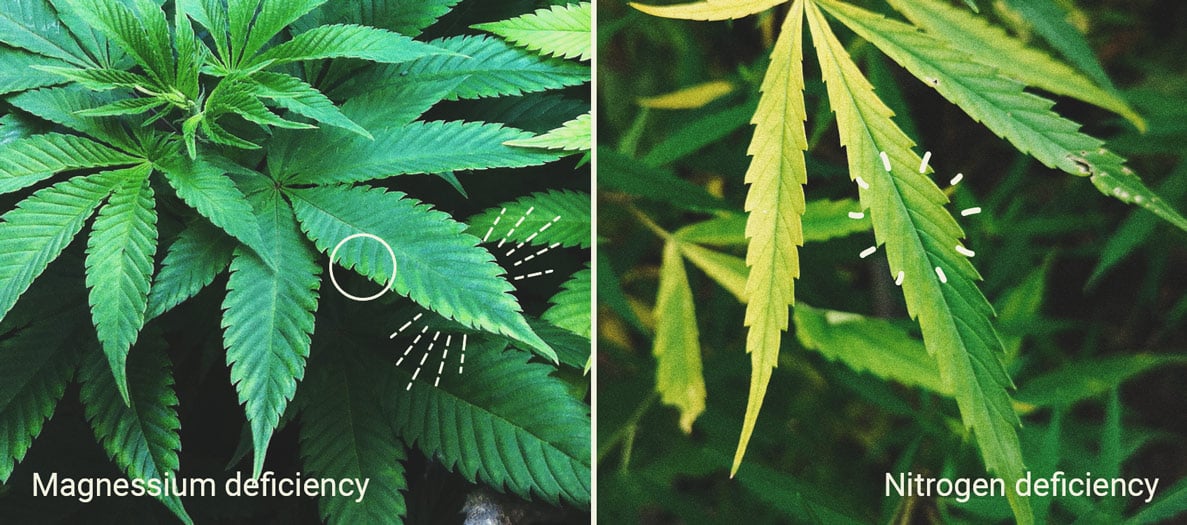
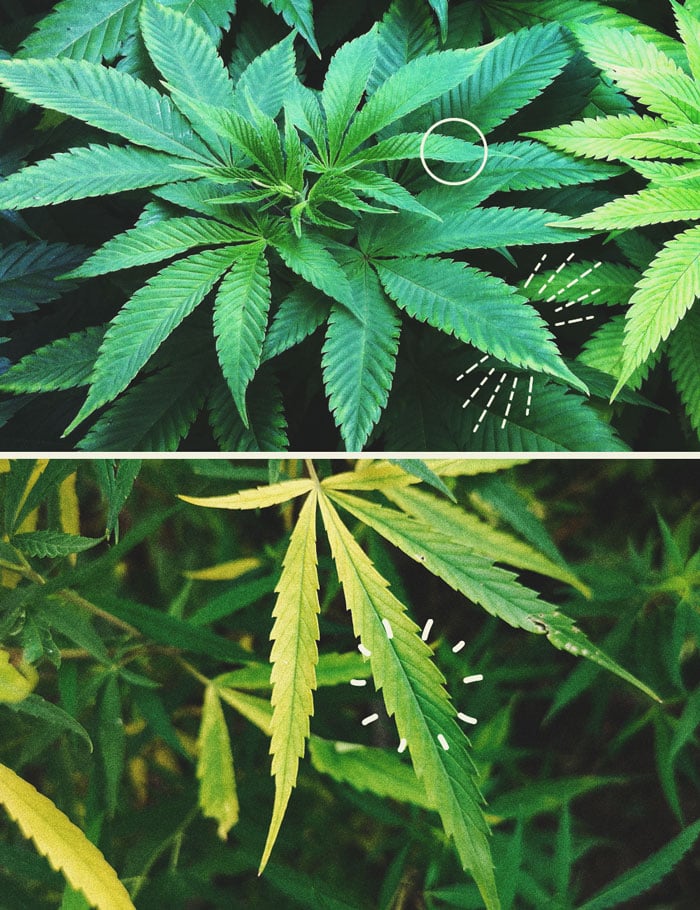
How Does Sulphur Contribute?
Sulphur is one of the building blocks of the plant’s immune system. It is also what gives garlic and onions their pungent tinge on the tongue. For cannabis, it works together with magnesium to increase the uptake of NPK, and is implicated in the production on enzymes, amino acids, and vitamins.
Chlorophyll also requires sulphur; but an area where this element is of particular interest is when keeping mother plants. Sulphur helps to promote longevity and reduce environmental stress. Mother plants are kept in veg for inordinate amounts of time. As cannabis is not a perennial species, this can pose a nutritional challenge, and Epsom salts certainly alleviate the issue of constant maintenance.
How To Apply Epsom Salts
Epsom salts are very forgiving. As mentioned, it is difficult to overdo. But as with all things, little at a time goes a long way. These salts may be cheap, but costs do add up.
General rule of thumb would say 1 tablespoon per 5 litres of water can make for a great foliar application every other week. Difficult soils that have a pH above 7 will naturally lock out calcium and magnesium ions, so amending with some Epsoms salts is a great idea.
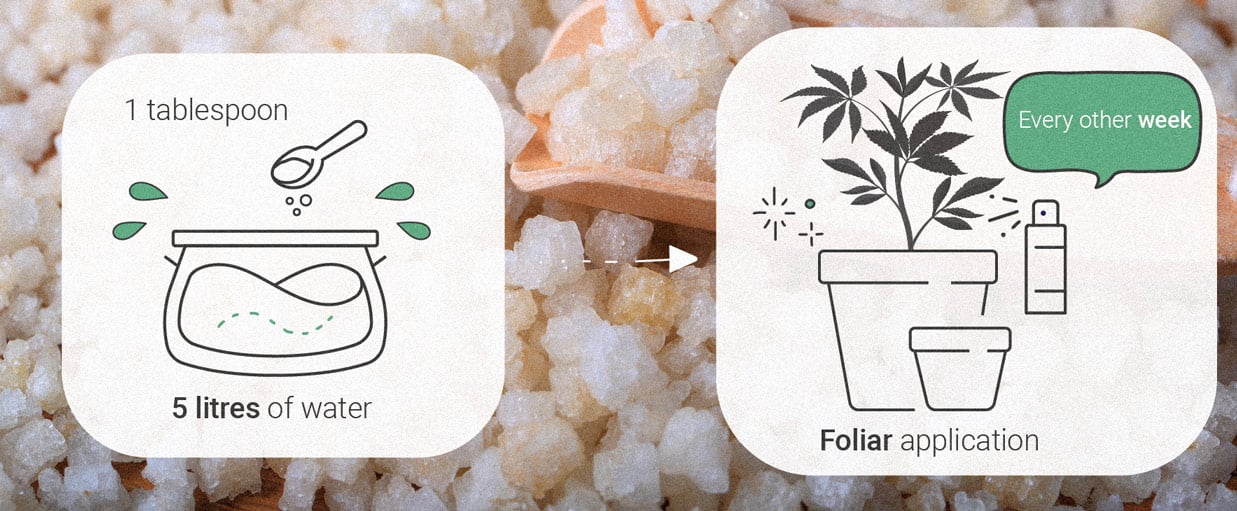
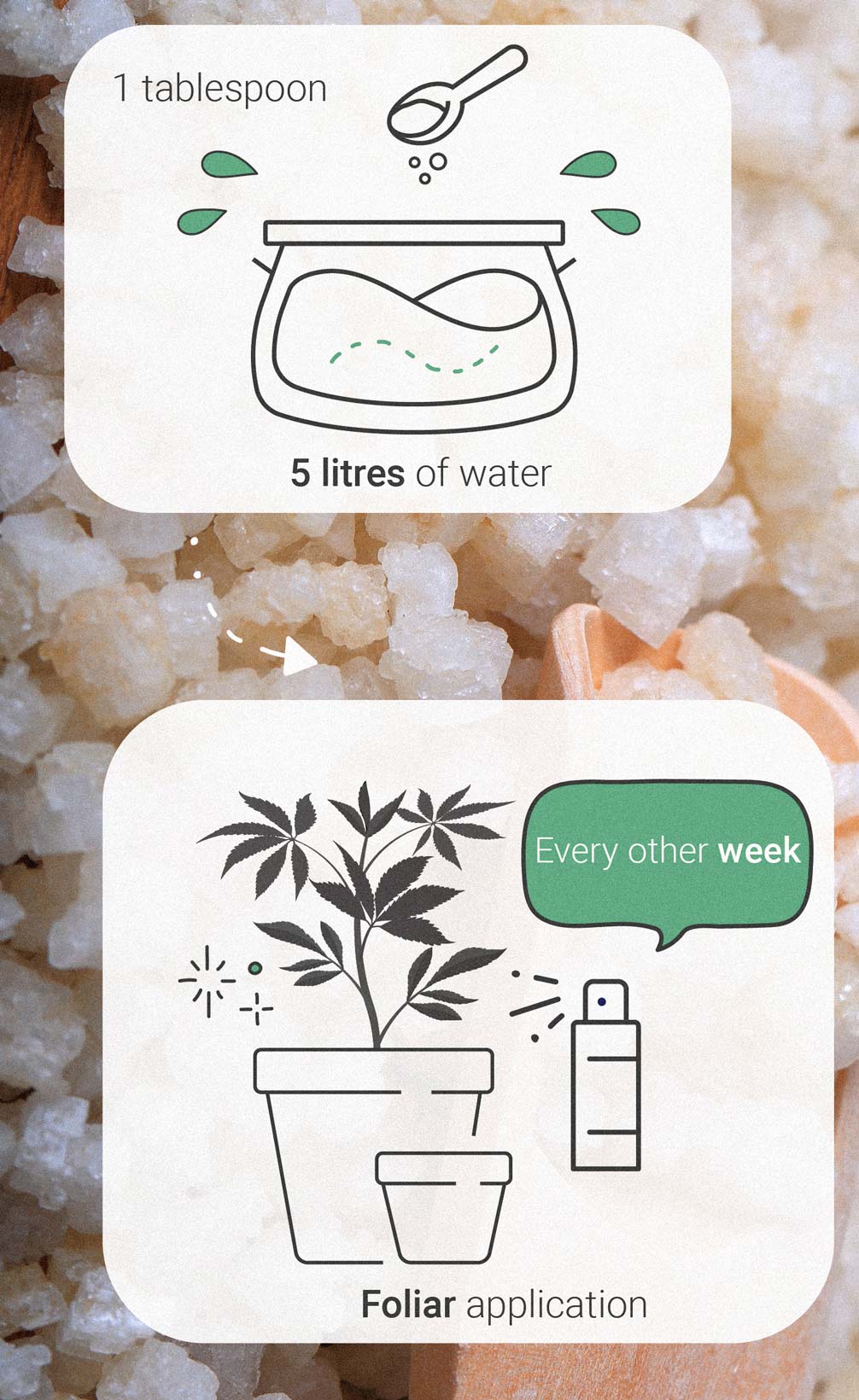
A more diluted version of Epsom salt water can also be used to help with seed germination, and even to help clones root faster. Harder-to-clone strains have been known to have a higher success rate by both misting and adding this mix to the actual cutting.
In the case of treating a deficiency, you should allow 3 to 4 days before evaluating the results by verifying new growth patterns and recovery from the less-affected leaves. More-affected leaves may well be scarred by magnesium deficiency and never fully recover.
Use It On Yourself
As a final note, agricultural-grade Epsom salts are of great benefit to humans too. It is the base ingredient to fancy bath salts and many health and cosmetic products. Feel free to experiment with some of its known applications, should you need some relief from various common ailments. Now you and your plant can bond even further by using something in common.


























